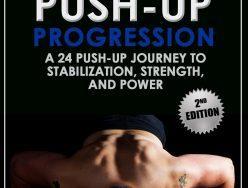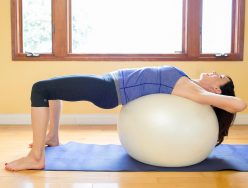How To Motivate Your Clients to Stay Exercising With MAPS
People start an exercise program with good intentions to lose weight, gain energy, or to enjoy better health. Yet many quit soon after they start. Hence, it’s one of the key reasons why people seek out Personal Trainers – to sustain their motivation!
So here’s how to set up an exercise regime around Motivation Expert Michelle Segar’s MAPS [Meaning, Awareness, Permission, Strategy] framework, so clients stay inspired with exercising longer.
1. Meaning
a) The idea here is “when you change the meaning, you change the motivation.”
The meaning you assign to any form of exercise depends entirely on WHY you select it. Hence, if you understand the WHY of something you want to do (the reason you’ve chosen it), you’ll more likely embrace and sustain it.




















